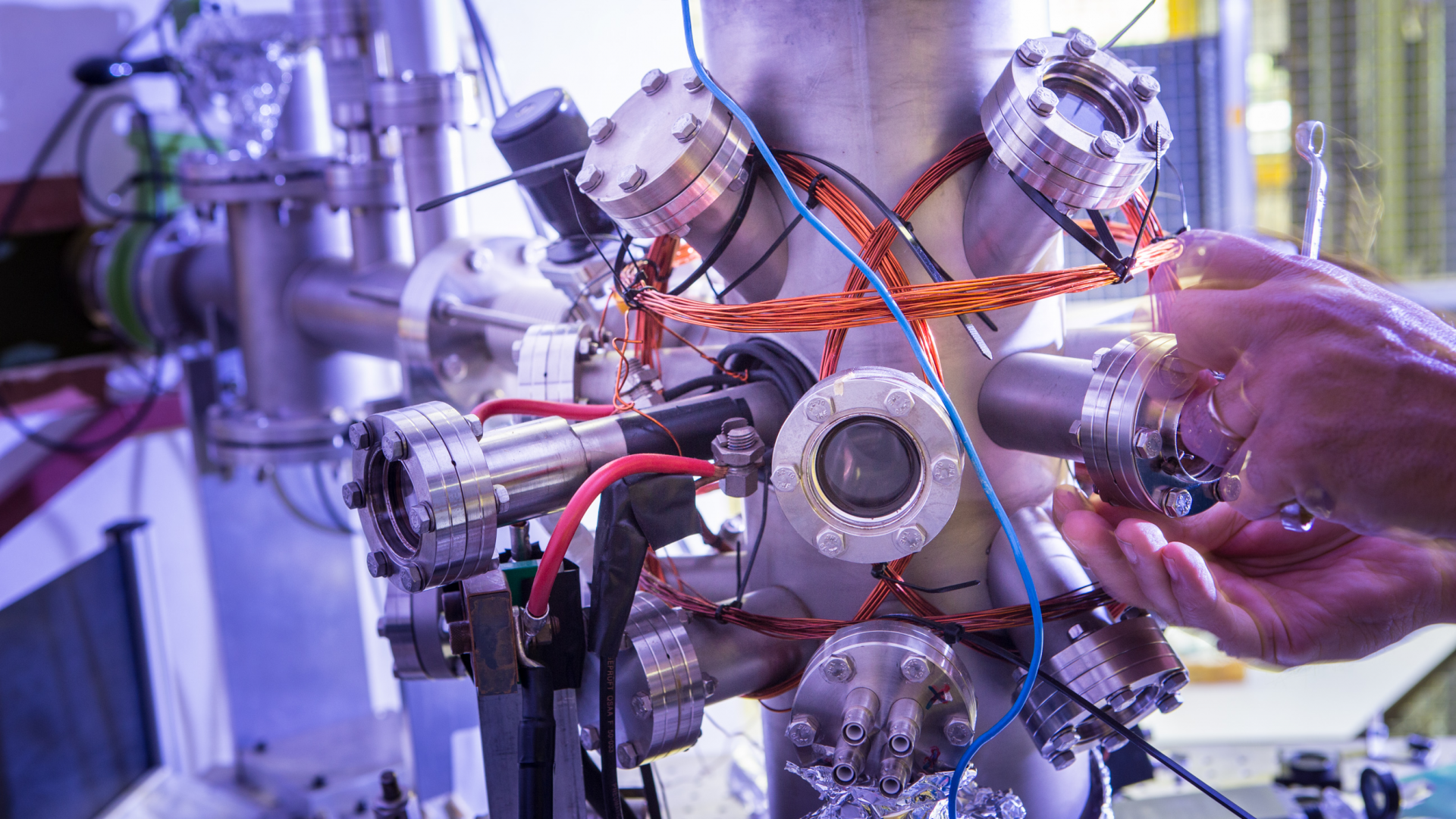Observation of double electron capture by Sn ions from H$_2$ using reaction microscopy
Ion interactions are an interesting subject to study due to their relevance in state of the art EUV
lithography machines. ASML is a major player in the semiconductor industry because they are able
to produce machines that produce the smallest features on wavers. ASML is always trying to further
optimise and comprehend the processes taking part in their machines. This paper looks into the effect
of hydrogen on moving tin ions. This is relevant because ASML has a tin plasma in their most recent
machines that produces the extreme ultra violet light used for the lithography. This tin plasma also
produces tin ion projectiles that should not interfere with the rest of the machine. Hydrogen is used
to protect the machine and transport the tin away. This paper looks into a measurement apparatus
that will be able to determine the energy release as a consequence of double capture charge transfer
of tin ions from molecular hydrogen. Previous work has been done on the subject which revealed
inconsistencies in the results for Sn3+. This setup will be able to give more insight in these processes.
The device is a reaction microscope which allows us to take Time of Flight(ToF) and position data
at the same time. The aim of this project is to establish a basic functioning of the device and to
acquire and analyse first data. The focus in this thesis will lay on the analysis and will be concluded
with recommendations and outlook for the project. We can conclude that the reaction microscope
is operational and has provided valuable data. The double capture observed shows 9.7 eV hydrogen
fragments as theory suggests. The reaction microscope will have to be improved further but shows
great promise.








